New-generation Free Trade Agreements (FTAs) with extensive and comprehensive commitments on trade, cutting tariffs at the deepest level, almost to 0% according to the roadmap, have boosted export growth, helping to diversify markets for most agricultural products, including Vietnam's spice industry.
Vietnam is one of the world's leading countries in supplying spice products with an export turnover of about 1.5 billion USD per year. Vietnamese spices are currently exported to more than 125 countries, dominating many important markets. This is an industry with a 95% export rate, so it is necessary to focus on investing in deep processing and trade promotion to increase added value.
According to the Vietnam Pepper and Spice Association (VPSA), in June, Vietnam exported over 28,000 tons of pepper of all kinds with a turnover of over 141 million USD; although the volume decreased, the turnover increased thanks to high export prices.
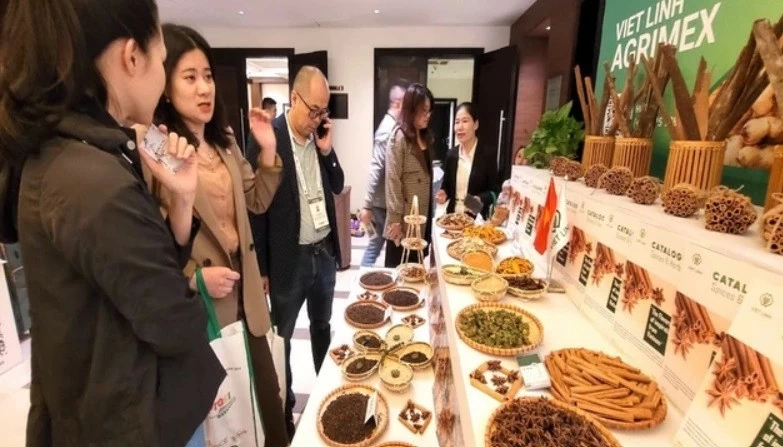 |
| Vietnamese spices are now exported to more than 125 countries, dominating many important markets. (Source: Vietnam Agriculture Newspaper) |
Spices return to their “golden age”
In the first 6 months of 2024, Vietnam exported over 140,000 tons of pepper of all kinds, with a total export turnover of 634 million USD. Compared to the same period last year, the export volume decreased by nearly 7% but the export turnover increased by 30.5%. Notably, compared to the same period in 2023, the average export price of black pepper reached 4,365 USD/ton, an increase of 922 USD, while white pepper reached 5,983 USD/ton, an increase of 1,028 USD.
In the spice group, cinnamon is the second most valuable export item after pepper and in the world market, Vietnam also ranks first in terms of output. In the past 6 months, Vietnam exported nearly 45,000 tons of cinnamon, with a total turnover of 127 million USD. Compared to the same period in 2023, the export volume increased by 3.9% but the turnover decreased by 1.8%. The main export markets are India, the US and Bangladesh...
Although not having high turnover like pepper or cinnamon, in the first half of this year, some spice products achieved very strong growth rates. The highest increase was turmeric, which increased 14 times and reached an export value of 3 million USD. Next was ginger, which increased 9 times to reach a value of 5.6 million USD and garlic increased 3 times to reach 4.7 million USD...
Along with other agricultural products, thanks to the push of FTAs, Vietnam's spice industry also has impressive export growth in many large markets such as the European Union (EU), the United Kingdom and expanded to many new markets.
According to Vice President of the Vietnam Federation of Commerce and Industry (VCCI) Hoang Quang Phong, Vietnam's fruit, vegetable and spice industry is among the top industries enjoying tariff incentives from the Vietnam-EU Free Trade Agreement (EVFTA). The European countries that offer the most opportunities are Germany, the UK, the Netherlands and Spain. Based on import statistics, the spices and herbs with the best market share and effectiveness in the European market are ginger, turmeric, pepper, cinnamon, thyme and nutmeg.
VPSA Chief of Office Le Viet Anh shared that the current and future trends of the global spice market are green consumption, reducing carbon emissions; traceable products; quality assurance; value-added, organic products. Mr. Viet Anh affirmed that Vietnam has many favorable conditions for spice export, especially with free trade agreements such as EVFTA, Comprehensive and Progressive Agreement for Trans-Pacific Partnership (CPTPP)... In particular, awareness of sustainable farming and trade, product quality of Vietnamese farmers are increasingly improved; enterprises proactively participating in production linkages, enhancing deep processing are also advantages of Vietnam. In the context of high demand for spices in markets, Vietnam will have great opportunities if it makes efforts to promote spice production and processing according to market trends.
The Vietnam Trade Office in Belgium and the EU noted that due to the characteristics of the European market and the trade sector, opportunities for businesses' spices and flavorings will depend largely on the businesses' ability to supply in terms of quantity, quality, price and certification.
“The growing demand for sustainably produced spices, new origins, the use of spices and flavourings in international cuisine are the top trends that open up opportunities for exporters from developing countries. On the contrary, increasing buyer requirements and changes in legislation can pose a threat to suppliers from developing countries, especially new suppliers who are not familiar with these requirements. Spices are increasingly tested for allergens, toxicity and authenticity, so it is important to keep up with these market dynamics to maintain a competitive position as a supplier to the European market,” said the Vietnam Trade Office in Belgium and the EU.
Information given at the Dialogue with business leaders in provinces and cities about the ecosystem to take advantage of FTAs in the cinnamon sector, recently organized by the Ministry of Industry and Trade in coordination with the Department of Industry and Trade of Yen Bai province, shows that Vietnam is currently one of the countries with a relatively strong position in cinnamon production and export in the world.
Meanwhile, cinnamon is a long-standing crop associated with the traditions, customs and culture of ethnic minorities in Yen Bai province. Therefore, cinnamon is a product with great potential for Yen Bai enterprises to boost exports, not only to traditional markets, but also to new markets with higher standards.
According to Mr. Ngo Chung Khanh - Deputy Director of the Multilateral Trade Policy Department (Ministry of Industry and Trade), with Vietnam having implemented 16 FTAs up to now, including 3 new generation FTAs: CPTPP Agreement, EVFTA Agreement and Vietnam-UK Free Trade Agreement (UKVFTA), this is a great opportunity to bring cinnamon and cinnamon products to new trading partners due to the impact of preferential commitments on import and export taxes and demand from these new markets, thereby helping cinnamon enterprises in Yen Bai in particular and Vietnam in general to increase value and participate more deeply in regional and global production chains.
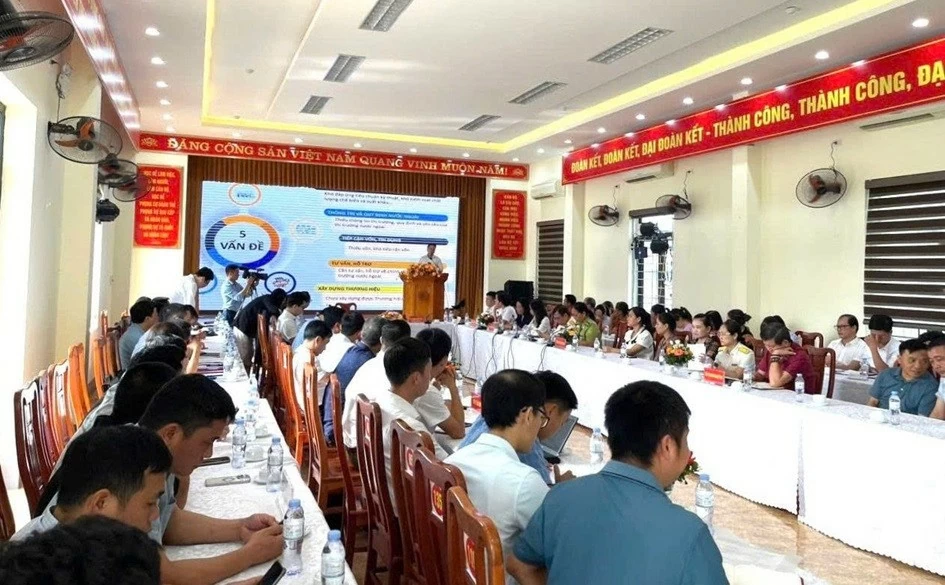 |
| A direct discussion with business leaders in provinces and cities about the ecosystem for taking advantage of FTAs in the cinnamon sector was recently held in Yen Bai. (Source: Ministry of Industry and Trade) |
Building brand, improving competitiveness
At the Seminar, delegates introduced the Ecosystem Project to take advantage of FTAs, including: objectives, connection methods, roles and benefits of participating parties, methods of operation to support businesses to take advantage of FTAs, participation criteria, difficulties in building the Ecosystem, roadmap and steps to build the Ecosystem in the coming time; shared about the import and export situation of cinnamon products in the first 6 months of 2024; the current situation of cinnamon planting, production, processing and export in the province cluster with partners in new generation FTAs.
Based on practical opinions from enterprises and cooperatives, delegates discussed to propose strategic directions to promote cinnamon exports to new generation FTA markets, strengthen the construction of close connections between central and local management agencies, enterprises, associations, cooperatives and people, thereby building an Ecosystem to take advantage of FTA for Yen Bai's cinnamon industry as well as localities with strengths in this product.
Experts say that to make the best use of the advantages of FTAs, improving the capacity of export enterprises is considered a "vital" requirement. Currently, the fruit and vegetable and spice industry is implementing the project "Enhancing export capacity for small and medium enterprises in the Vietnamese fruit and vegetable and spice industry" (SFV-Export), developed by the Vietnam Federation of Commerce and Industry (VCCI) in collaboration with Oxfam in Vietnam.
Ms. Tran Thi Lan Anh, General Secretary of VCCI, Director of SFV-Export project shared that the project will support businesses in the value chain of spices, vegetables and fruits with specialized techniques to help businesses comply with and be certified to meet food safety standards recognized by Europe; support marketing activities, market development, provide market information and connect businesses with potential partners from the European market; digitize technical support and trade promotion on specialized digital platforms; support the improvement of policies and good practices related to workers, gender equality and environmental protection; promote multi-stakeholder cooperation to enhance industry capacity and promote Vietnamese agricultural products to the European market...
Source: https://baoquocte.vn/tiep-suc-cho-nganh-hang-gia-vi-tan-dung-fta-gia-tang-xuat-khau-283454.html


![[Photo] Prime Minister Pham Minh Chinh receives Deputy Prime Minister of the Republic of Belarus Anatoly Sivak](https://vstatic.vietnam.vn/vietnam/resource/IMAGE/2025/4/2/79cdb685820a45868602e2fa576977a0)
![[Photo] Comrade Khamtay Siphandone - a leader who contributed to fostering Vietnam-Laos relations](https://vstatic.vietnam.vn/vietnam/resource/IMAGE/2025/4/3/3d83ed2d26e2426fabd41862661dfff2)


![[Photo] Special relics at the Vietnam Military History Museum associated with the heroic April 30th](https://vstatic.vietnam.vn/vietnam/resource/IMAGE/2025/4/3/a49d65b17b804e398de42bc2caba8368)
![[Photo] Moment of love: Myanmar people are moved to thank Vietnamese soldiers](https://vstatic.vietnam.vn/vietnam/resource/IMAGE/2025/4/3/9b2e07196eb14aa5aacb1bc9e067ae6f)
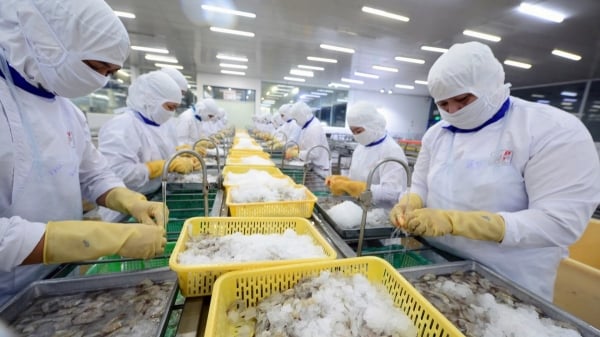

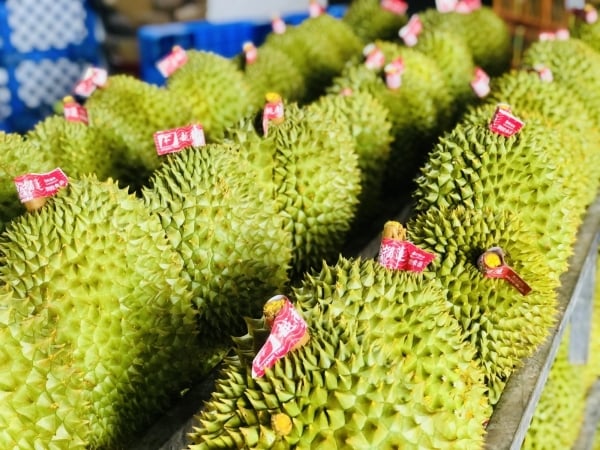

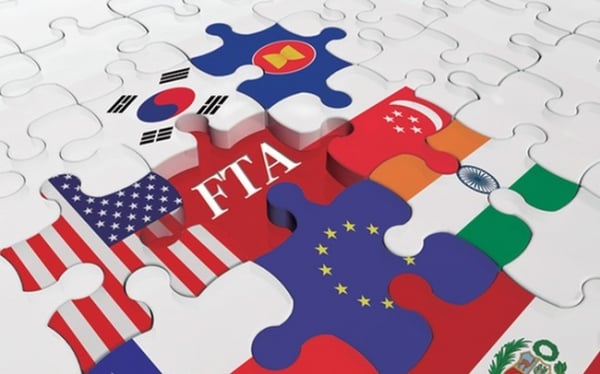
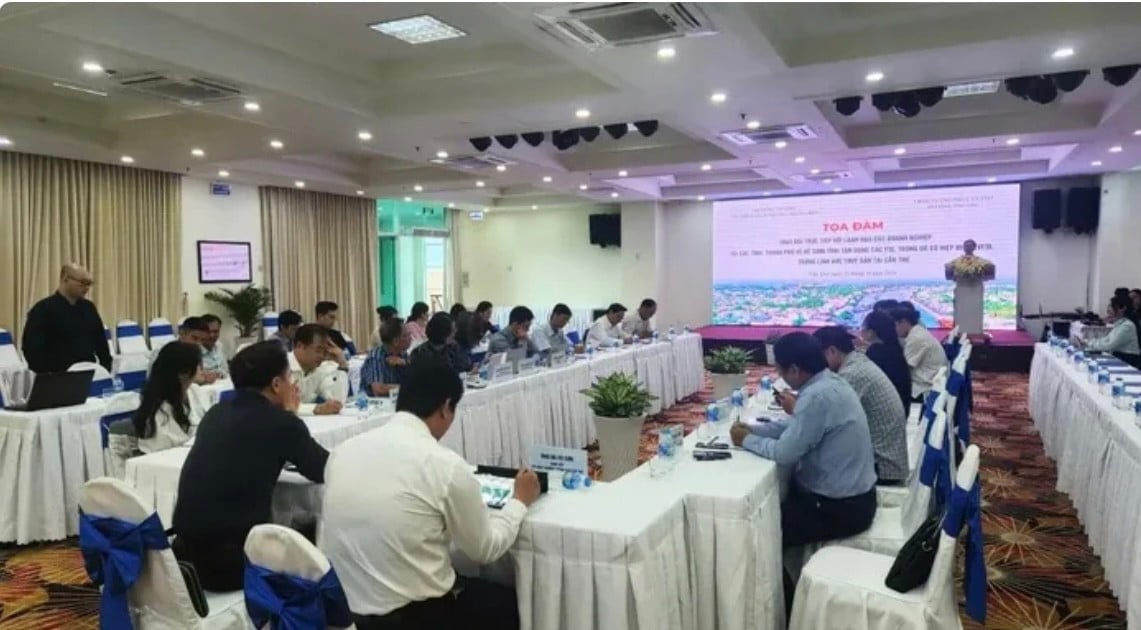
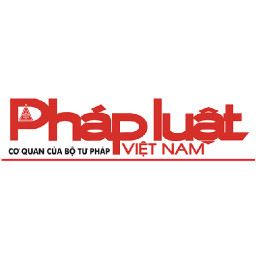
![[LIVE] Discussion "Building an ecosystem to take advantage of FTAs for the footwear industry"](https://vstatic.vietnam.vn/vietnam/resource/IMAGE/2025/1/19/2e200ae8a5bb4d049e42dd5a45f35984)
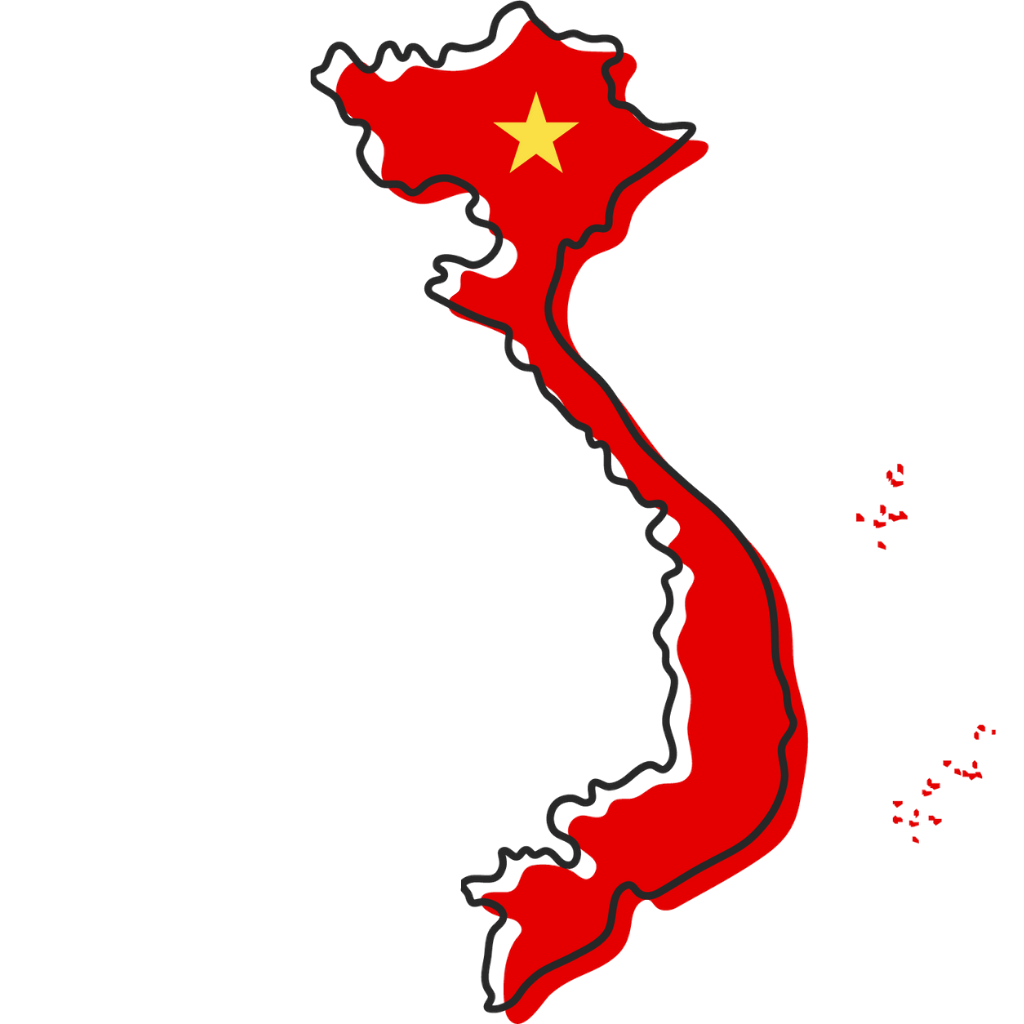


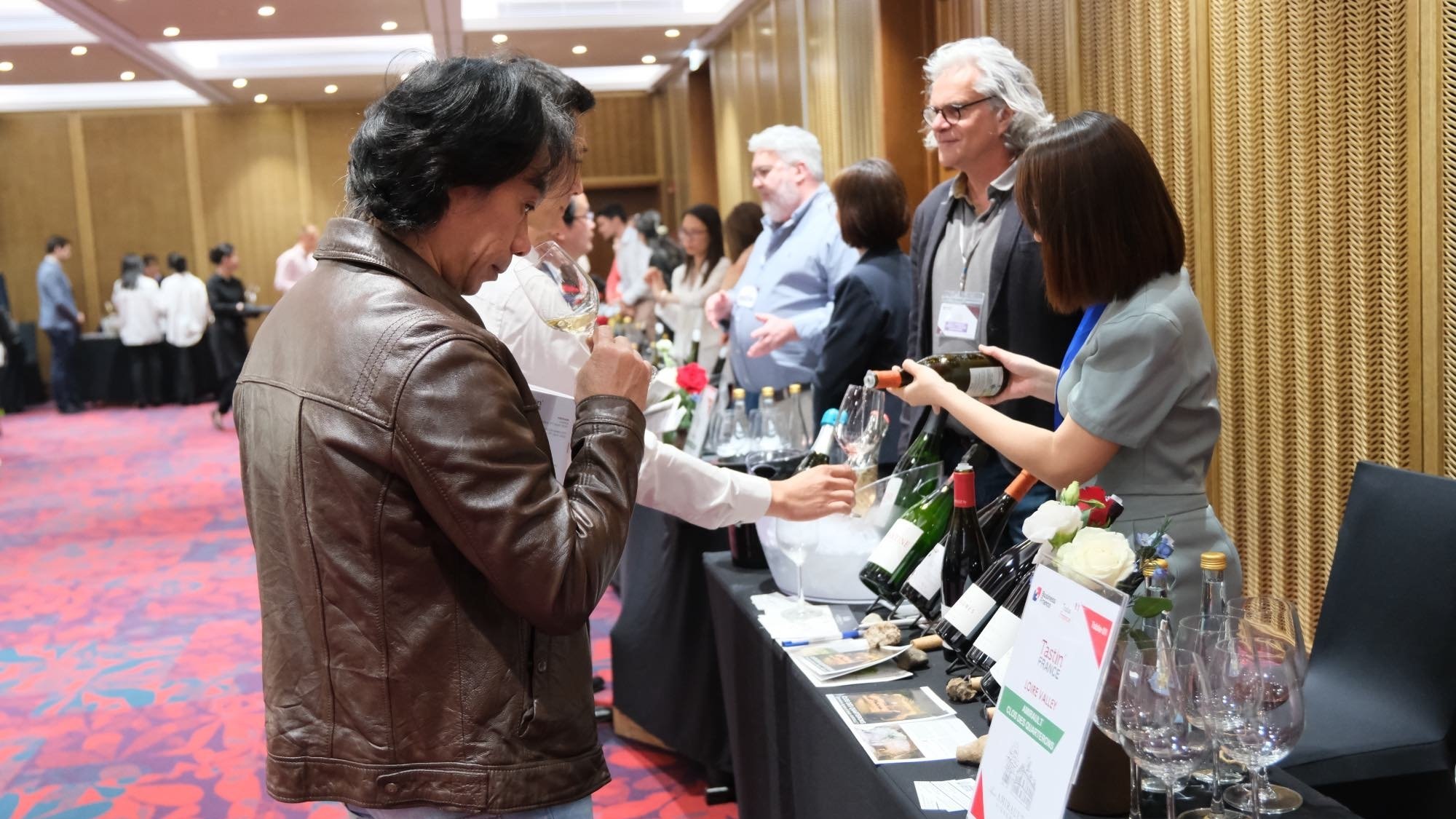

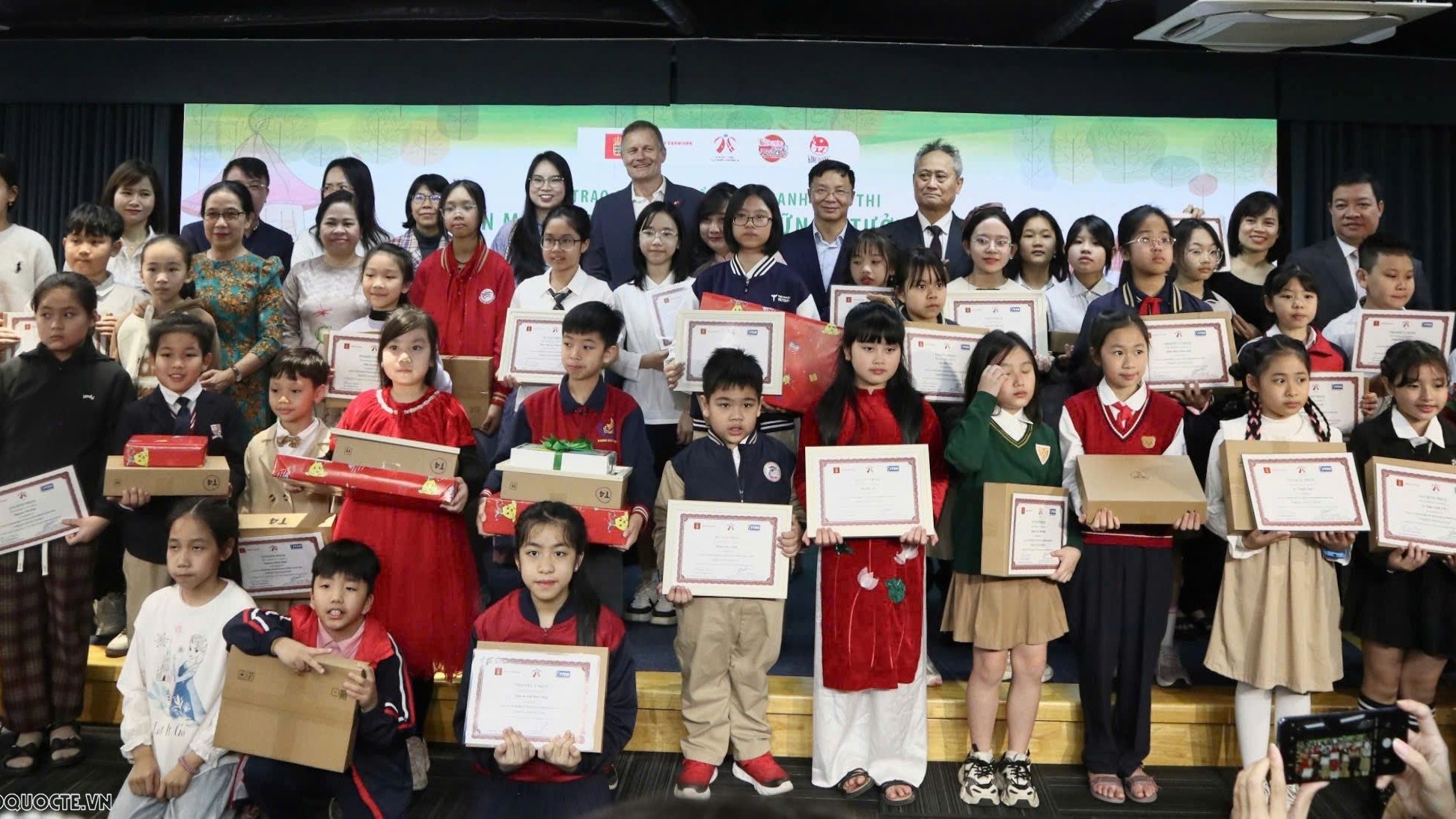
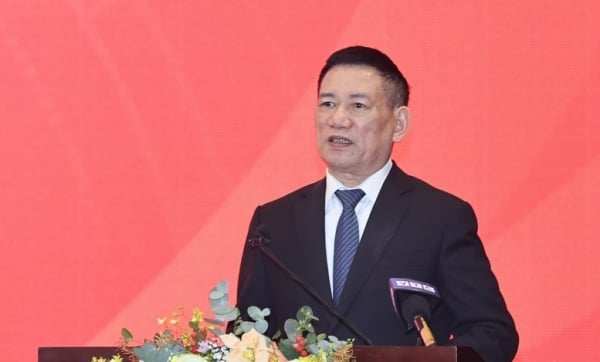

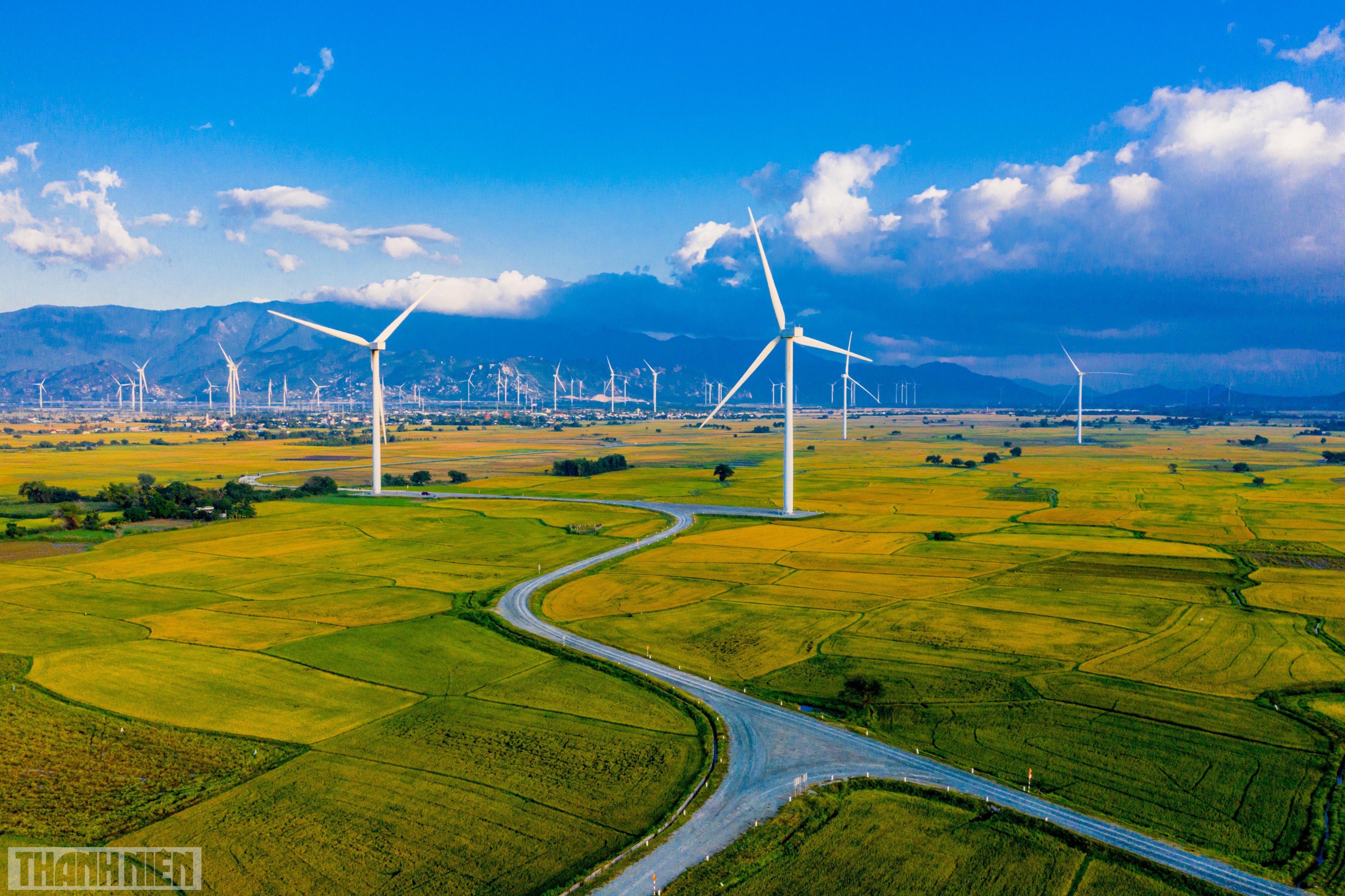



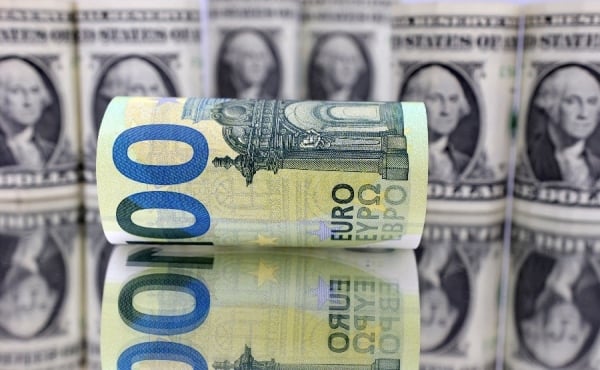
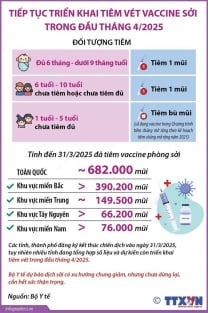


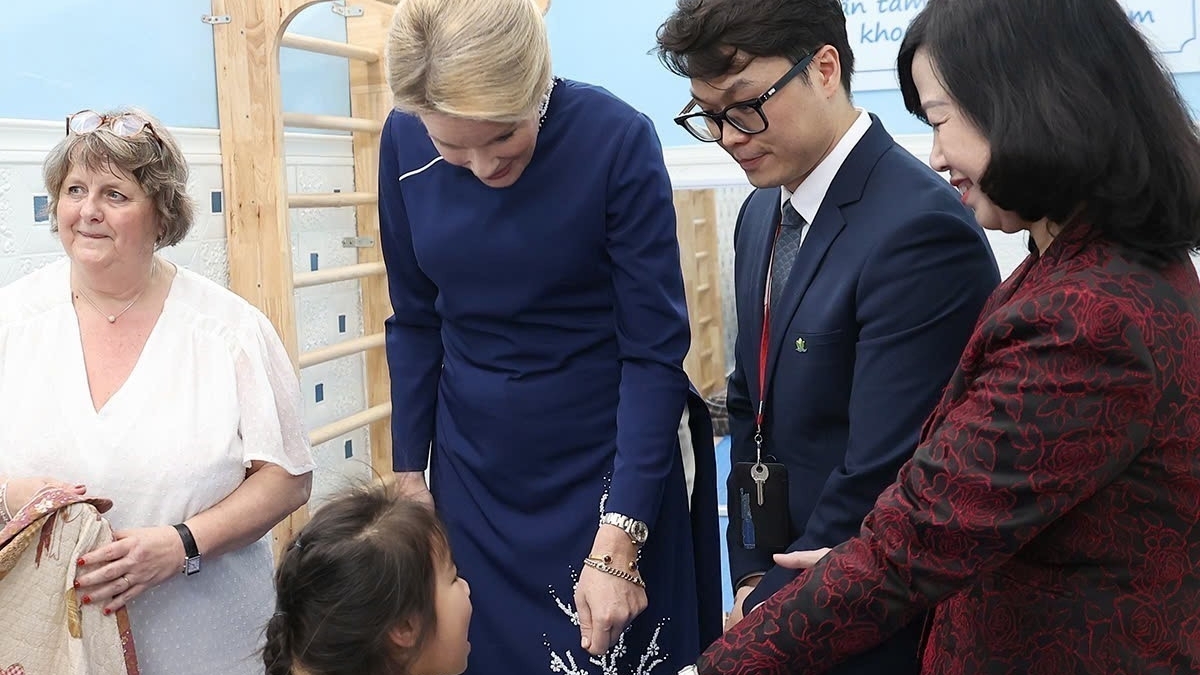

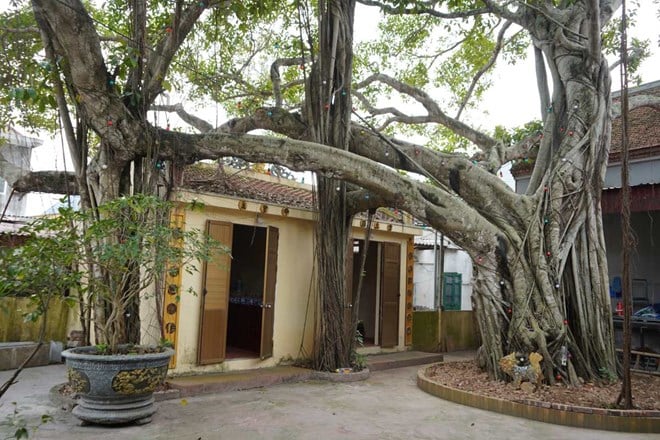
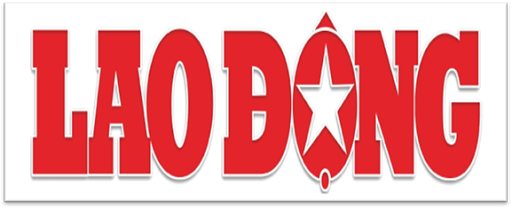

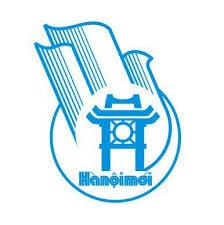

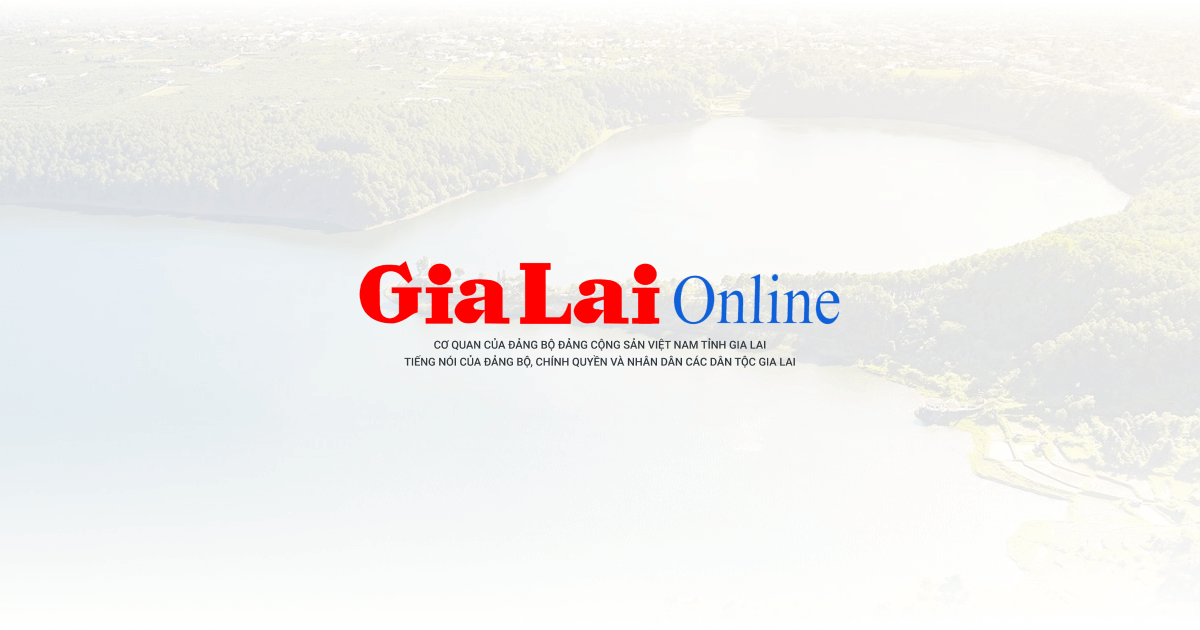

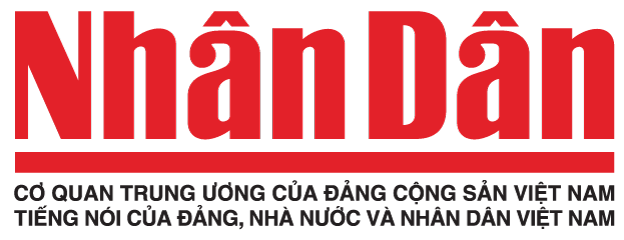



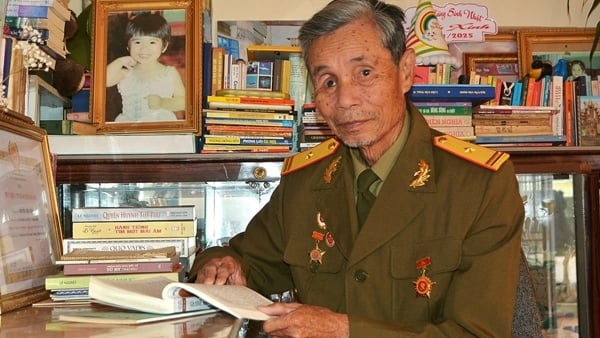
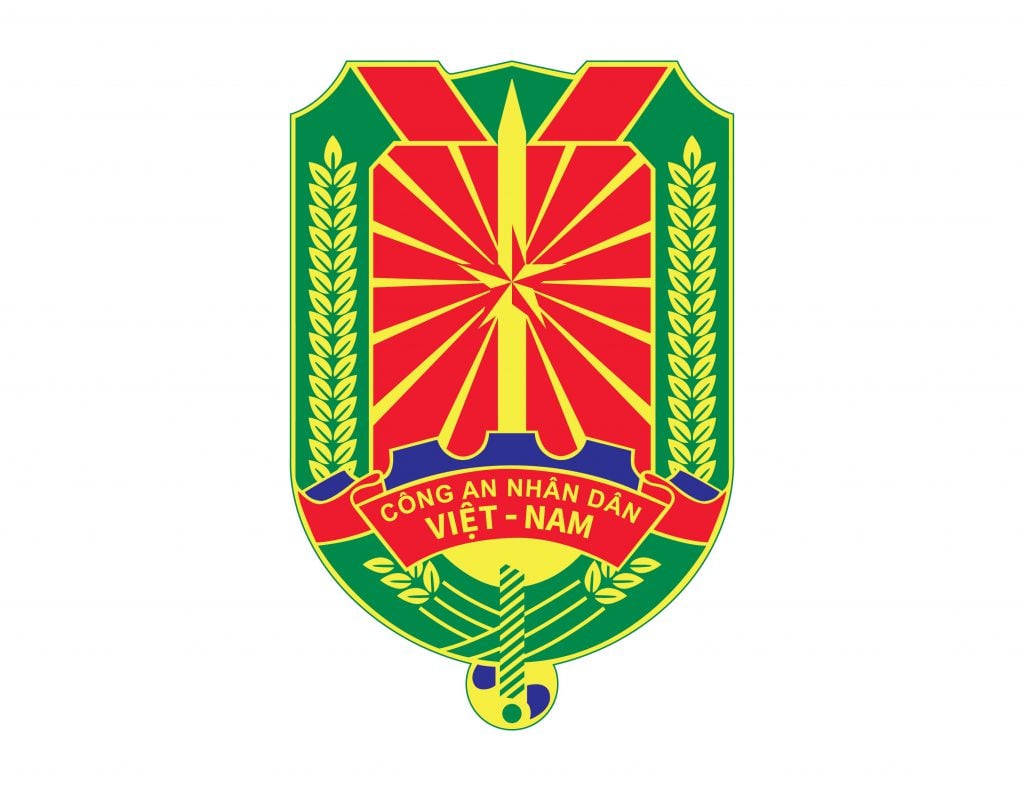



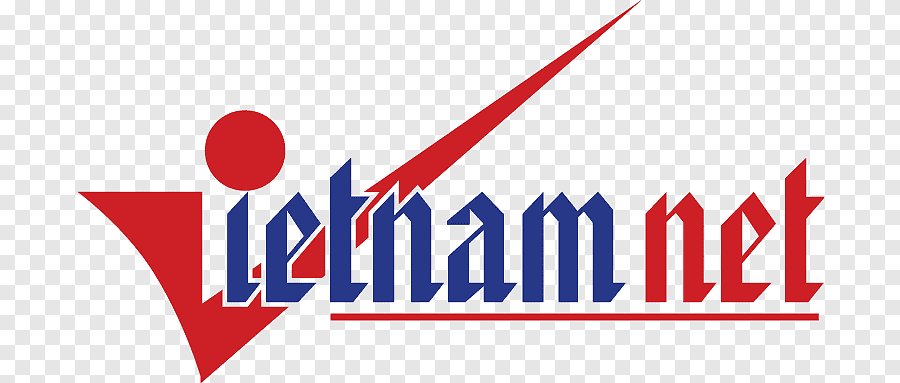
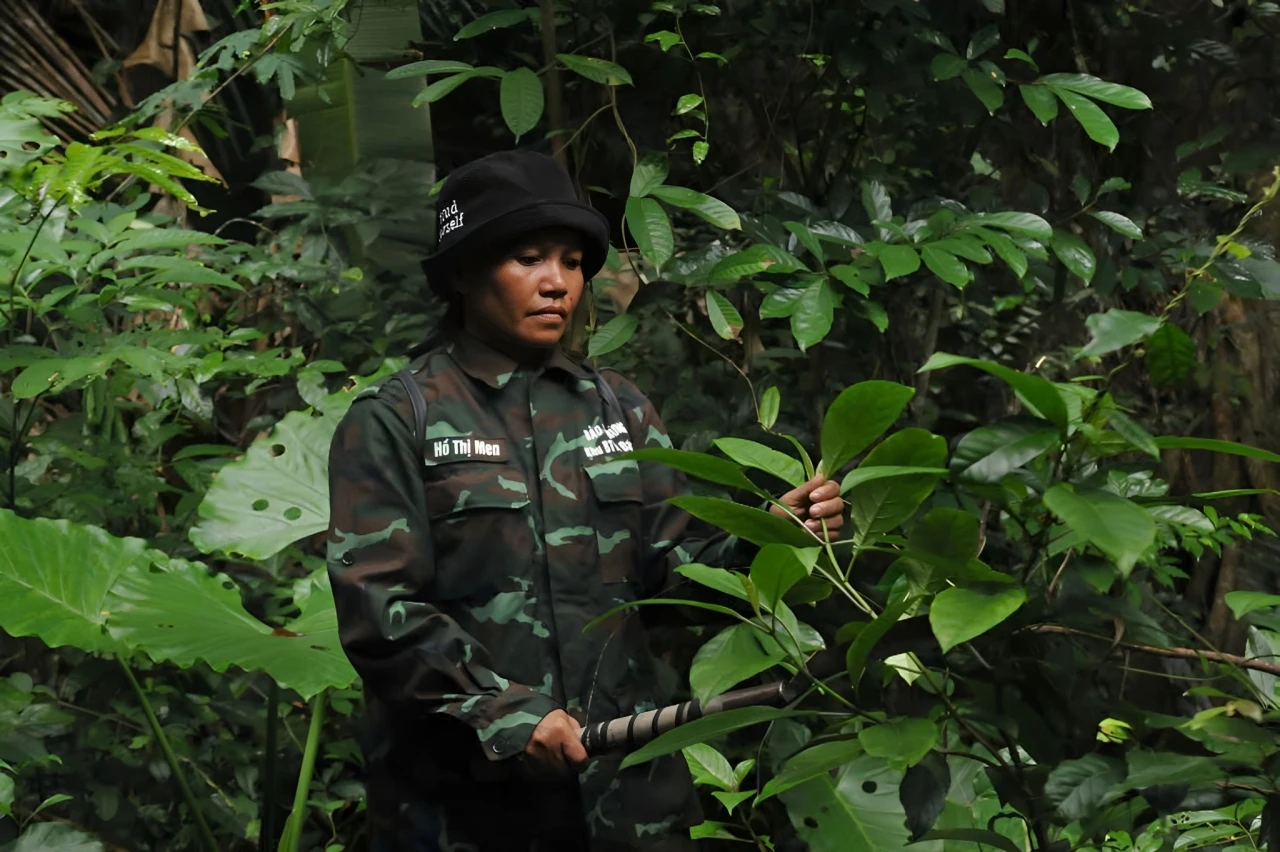











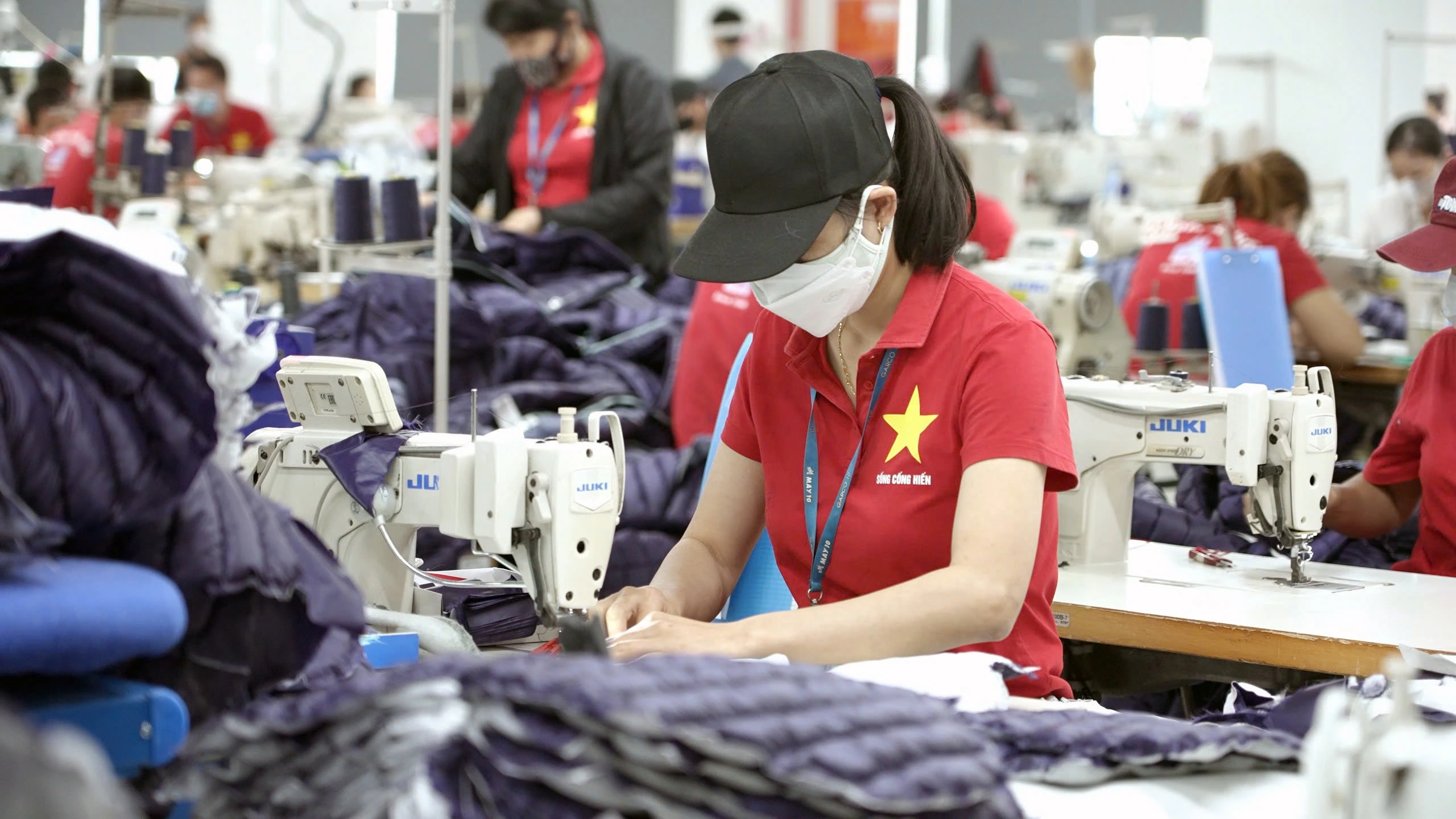




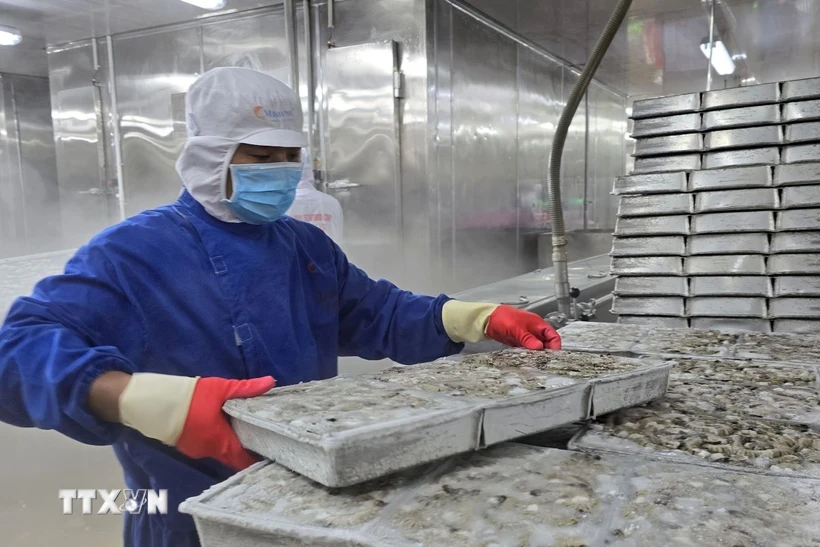






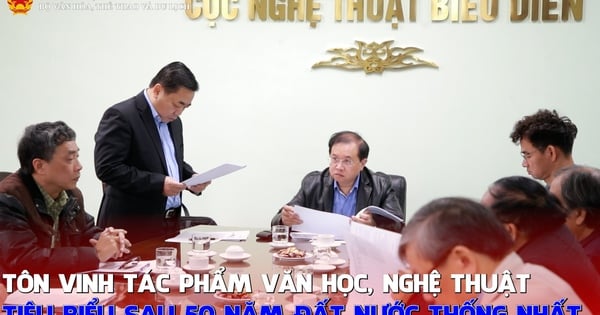
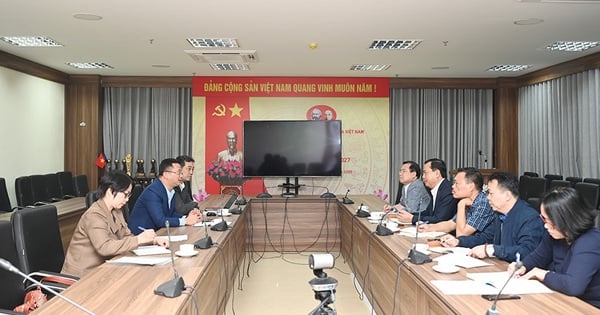
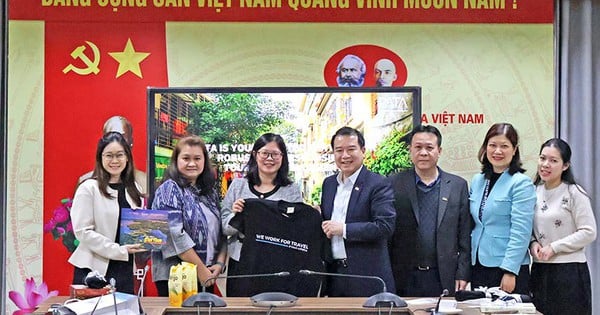

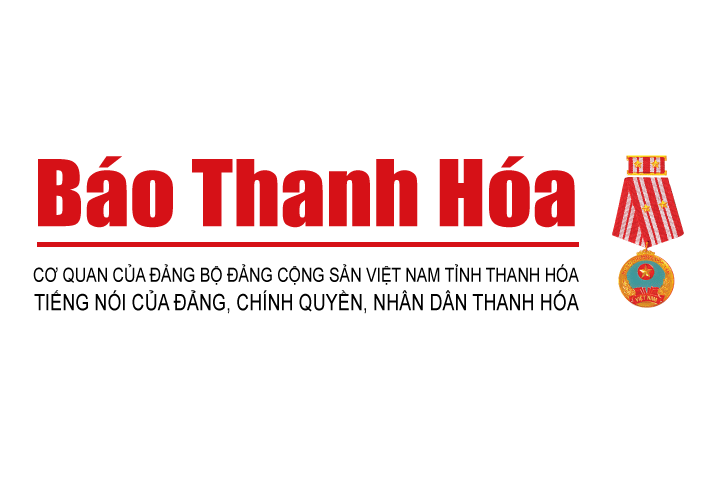
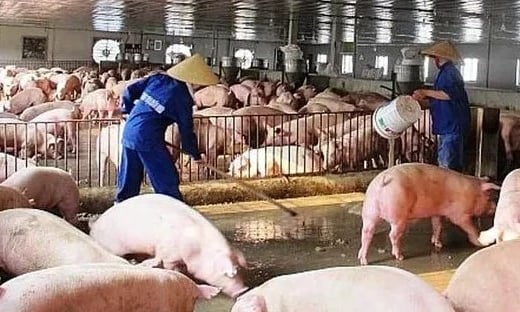
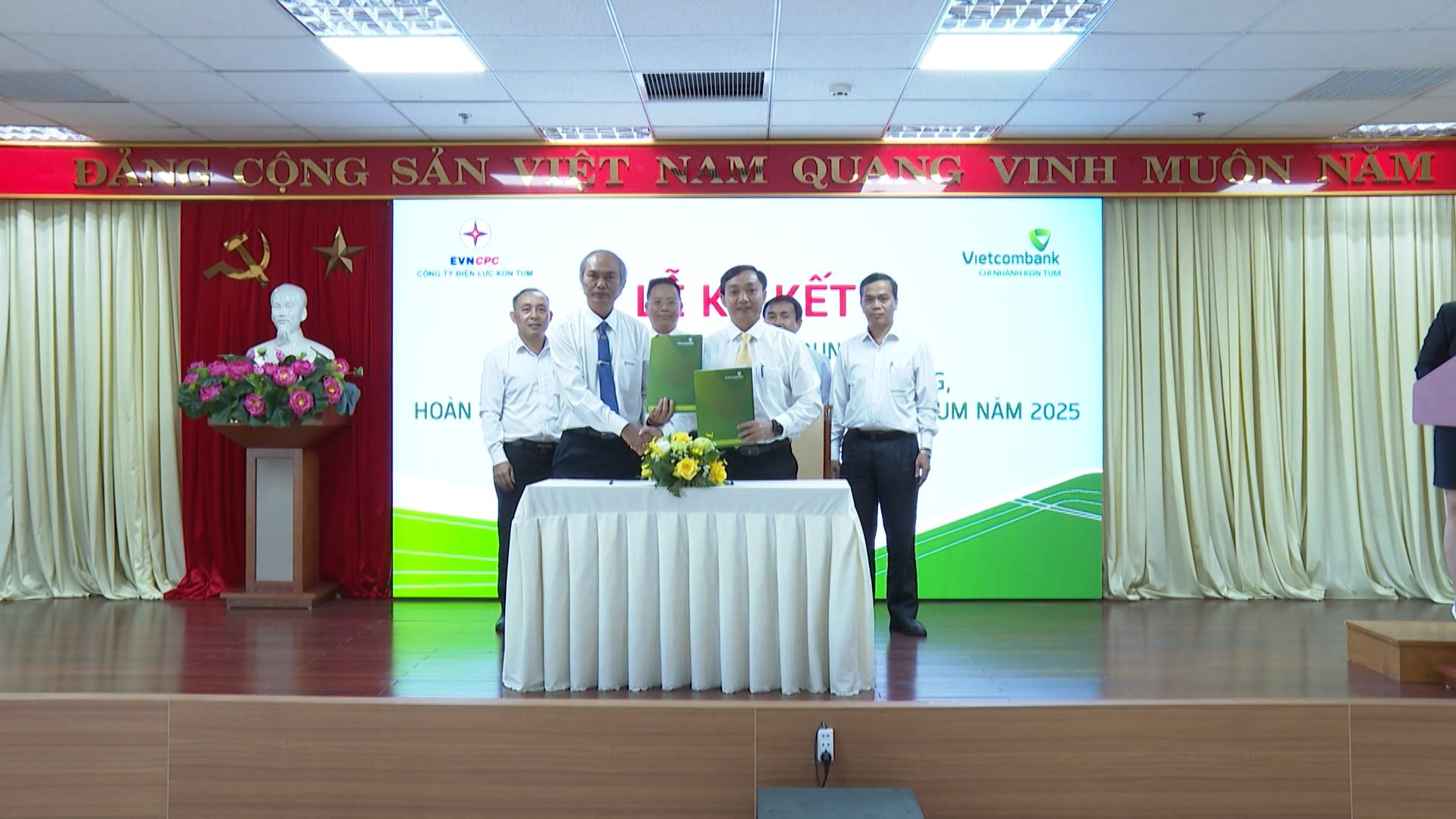
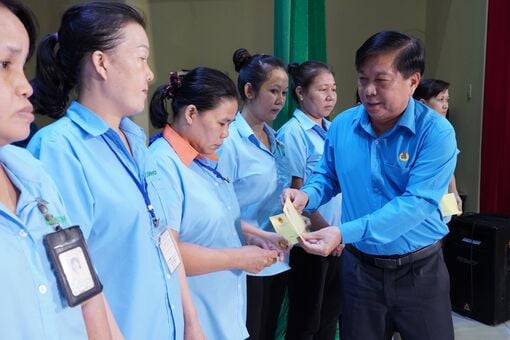

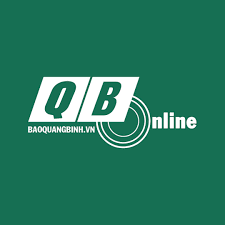



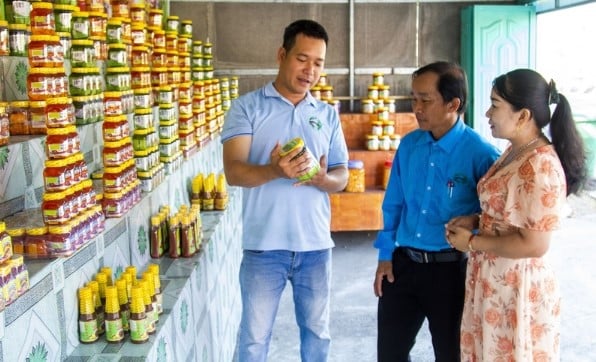

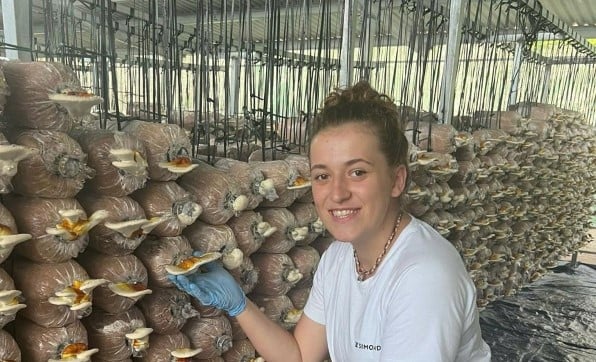



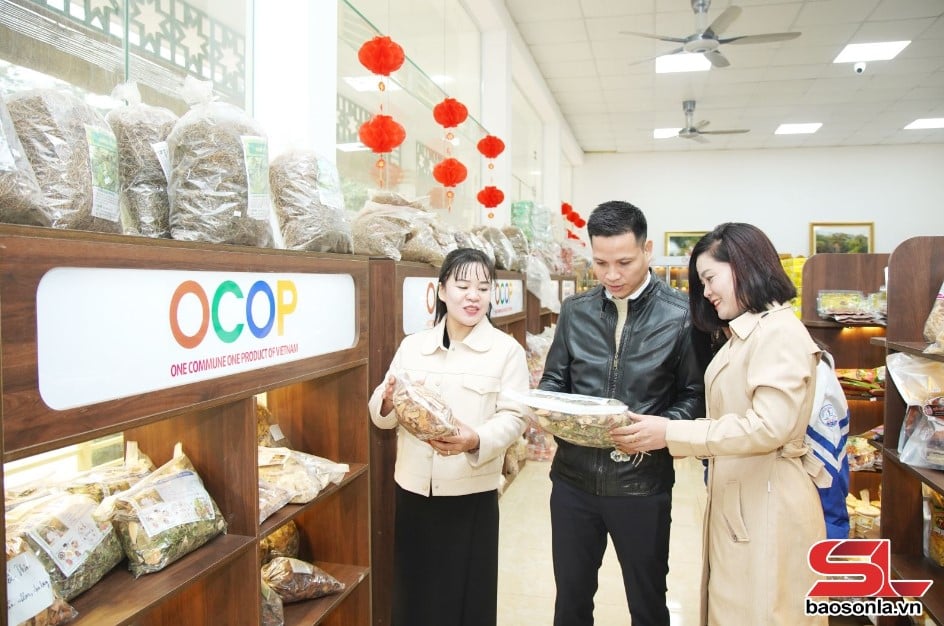

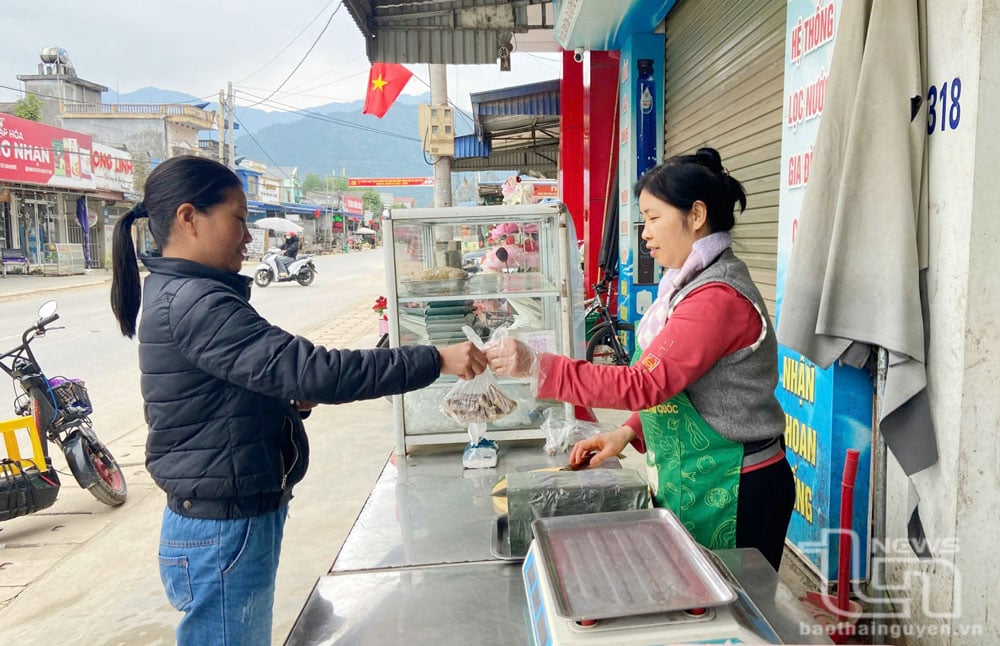

Comment (0)